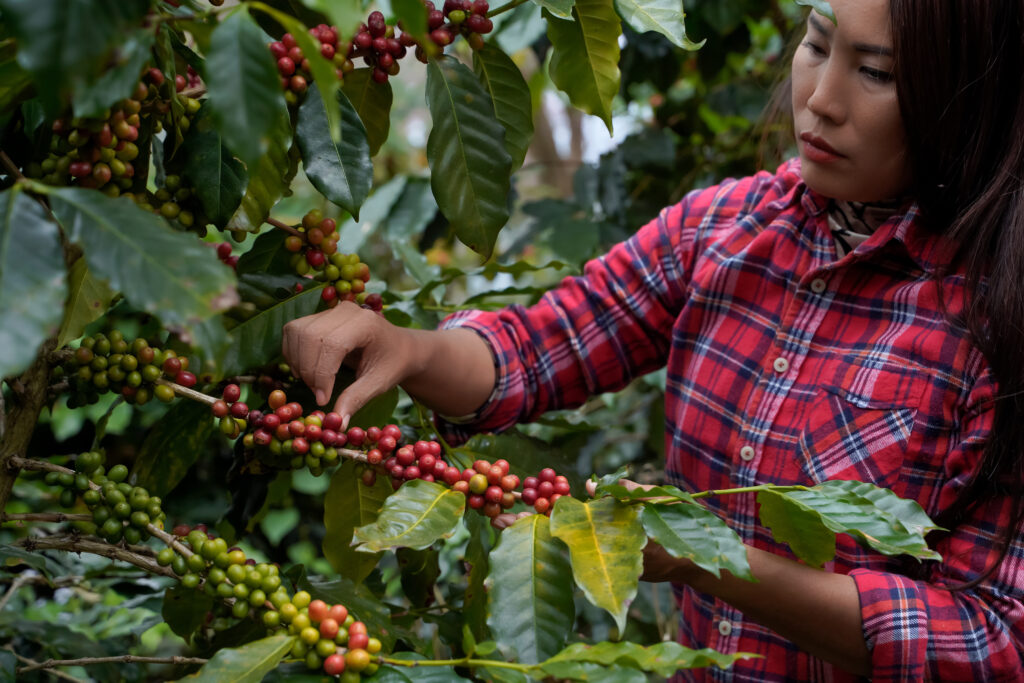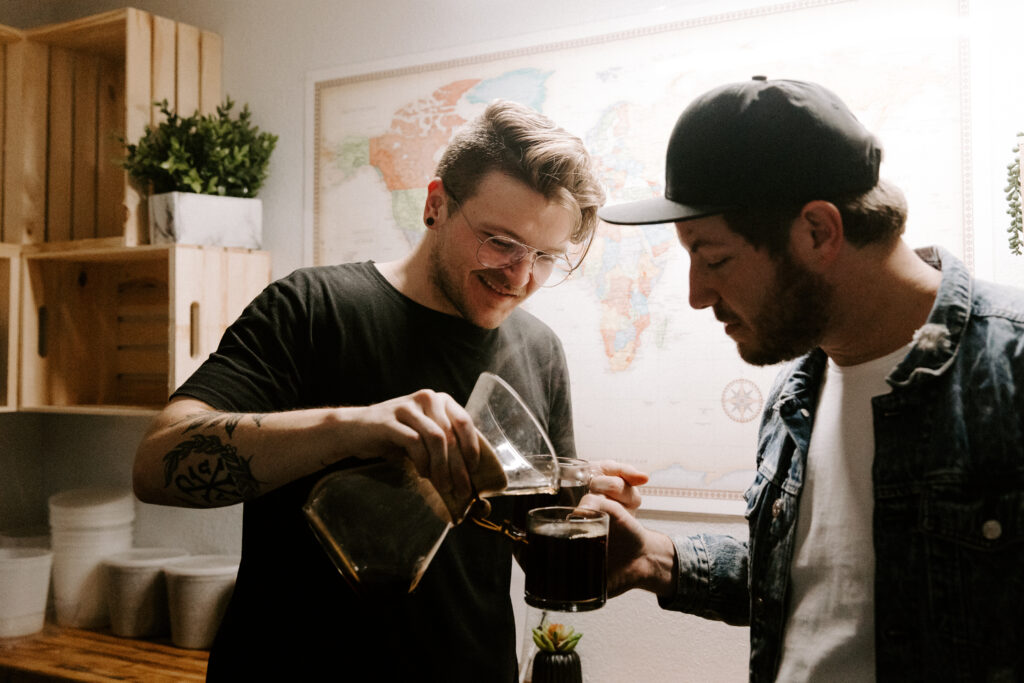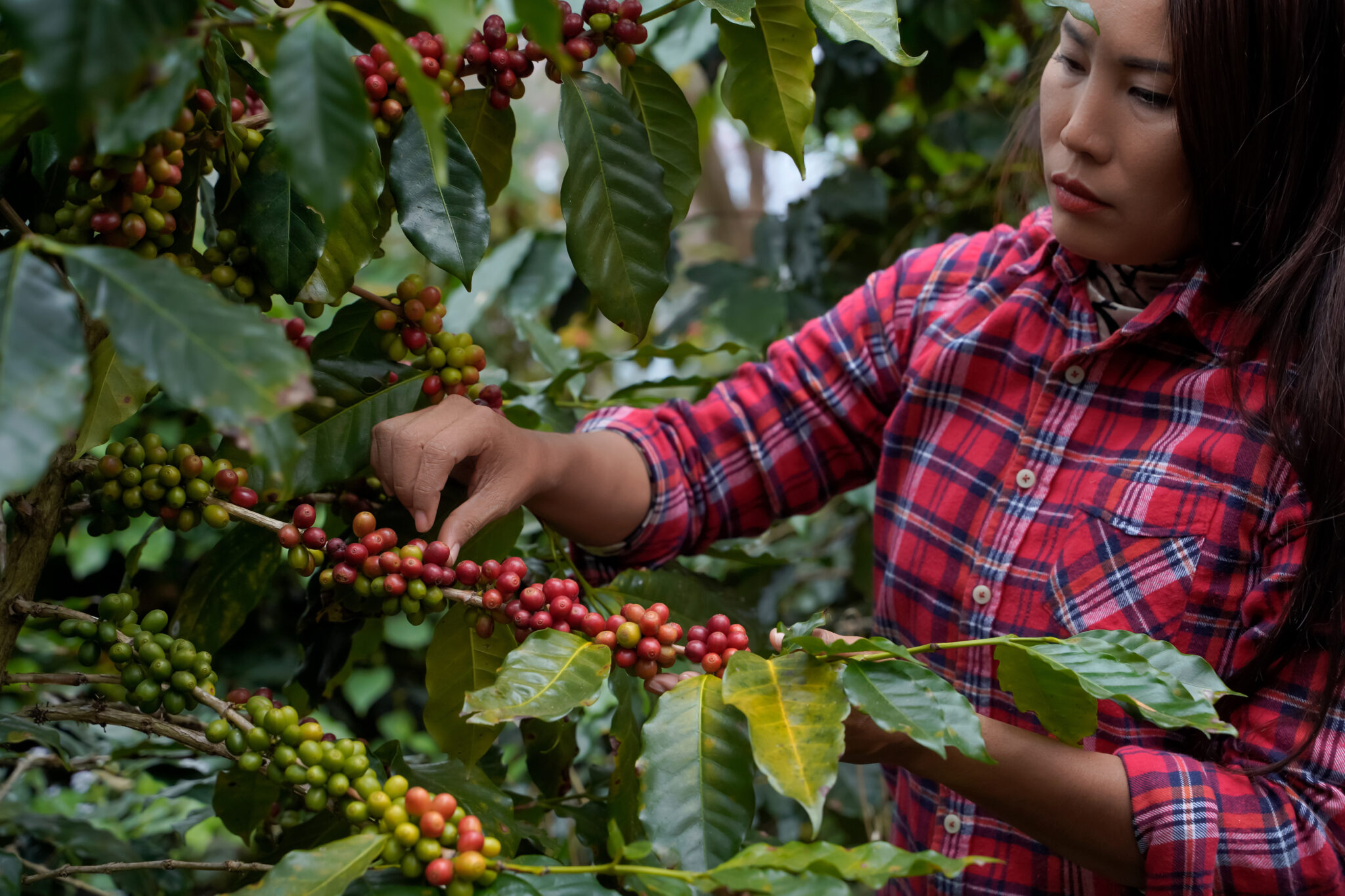Coffee is always a favorite beverage for various age groups nowadays. If you happen to drop by a coffee shop, you might find menu items with a single-origin label. If you’re wondering what it means, it has something to do with the origin of coffee.
If you enjoy a cup of black coffee now and then, you’ve probably heard of the term. Learning about single-origin coffee might be a good place to start if you want to learn more about your favorite cup of joe.
Finding the right coffee is important if you want to enjoy a one-of-a-kind experience. Among the various types of single origin coffee available on the market, you can try them out to find the right one that suits your taste. If you’re still undecided about giving up on your regular coffee blends, here’s what you need to understand about single origin coffee.
What Is Single Origin Coffee?
 Single origin coffee comes from a specific crop, region, or producer within a country or geographical location, usually from a single farm or plantation.
Single origin coffee comes from a specific crop, region, or producer within a country or geographical location, usually from a single farm or plantation.
One of the most important advantages of categorizing a coffee as a single origin is the ease of tracing it to know where it came from and what kind it is. If you can trace the roots back to a plantation or farm, you’ll be able to determine the source of the flavor’s uniqueness based on the growing environment and soil acidity.
Most of the single-origin coffee typically comes from three locations: a single farm, multiple farms close to one another, or coffee from multiple farms in one country.
-
Coffee From One Farm Or Plantation
Most coffee critics know that single-origin coffee which comes from a specific location, is one of the most highly authentic and rarest forms of this kind of coffee, for that reason, coffee enthusiasts consider them valuable finds worth investing in.
Due to its exclusivity to a specific farm or plantation, some even consider this single-origin coffee the best of its kind. Since this type is limited to only one location, it comes at a high price and has a high demand.
-
Coffee Sourced From Various Farms
Coffee cultivated on several farms is generally accepted as the source of single-origin coffee. It includes a variety of farms that yield the same coffee in the same region. The size of the area can be anything from a few acres to several square miles.
It’s the most popular version of single-origin coffee since it’s easier for farmers and roasters to handle production since it involves more than one specific farm. Multiple farms allow for more crop production, a greater number of exports, and a higher profit margin for the farmers.
The only downside is the minimal loss of exclusivity and authenticity that smaller farms provide. When several farms contribute beans from the same area, it allows the possibility of inconsistencies, especially in the growing conditions and flavor overtones. Although it’s possible, the risk of error is still minimal.
-
Coffee From One Country
Beans from any farm or plantation within the same country are included in this type of single-origin coffee. If you want to try different roasts from selected countries that produce some of the best tasting single-origin coffees, you can find them in Ethiopia, Brazil, Kenya, Peru, and Guatemala.
-
The Rise In Popularity Of Single Origin Coffee
Specialty cafes have embraced the single-origin label recently, highlighting specific coffee flavor notes through different brewing techniques. The phrase also became a method that allows transparency and traceability in the coffee used for your drink. If you enjoy specialty coffee, you’ll have peace of mind knowing where the coffee originated.
-
Varieties Of Single Origin Coffee
If you want to level up your coffee drinking experience, you should try single-origin coffee as soon as possible. One of the most interesting elements in doing this is the chance to taste various flavors and learn how to differentiate them.
On the other hand, most blends combine a variety of notes at once, making it impossible to appreciate a single note. As for single-origin coffee, it truly allows you to savor specific flavors.
In various countries around the globe, you can find several single-origin coffees that are worth trying out. If you prefer to cut down on the acidity level, single-origin coffee from Indonesia, Colombia, India, and Nicaragua are safe options. On the other hand, for a pronounced acidic flavor, Kenyan coffee is the ideal choice.
If you’re after light-bodied coffee, single-origin coffee from Mexico is a good choice. Moreover, single-origin coffee from Kenya, India, Papua New Guinea, and Indonesia are suitable options if you want to try out brewing a heavier, full-bodied coffee.
Reasons Why Many Prefer Single Origin Coffee
 Over the years, you might be surprised that there are a lot of people who love single-origin coffee. Here are some of the reasons for its popularity among coffee enthusiasts today:
Over the years, you might be surprised that there are a lot of people who love single-origin coffee. Here are some of the reasons for its popularity among coffee enthusiasts today:
-
Flavor
The authentic quality of single-origin coffee in providing a highly distinguishable flavor is one of the reasons for its rise in popularity among coffee enthusiasts all over the globe. Due to the distinct flavor, specific to the country where it originated, many coffee shops now prefer to brew with single-origin coffee.
Additionally, its pronounced flavor can be attributed to various contributing factors, such as soil quality, altitude, and overall climate.
-
Traceability
Among many coffee enthusiasts, allowing you to trace the roots of the coffee you love is a crucial factor. Aside from knowing the diverse characteristics of your coffee, knowing where it comes from will give you an idea of its overall quality.
Over the years, single-origin coffee has held a high reputation since it allows easy tracing to the location where it was cultivated. It contributes to establishing a coffee brand’s or farm’s reputation by allowing them to be held liable due to their traceability.
-
Quality
One of the main defining factors for single-origin coffee is its overall quality. Since they’re cultivated and roasted in small amounts, farms and plantations can maintain a keen eye on the cultivation and roasting process, allowing them to separate the mediocre beans and make every batch truly flavorful.
Final Thoughts
Try asking the barista for single origin roast recommendations on your next trip to your local coffee shop. It’s a good start to trying out something new.
By ordering a single-origin coffee, you’ll enjoy a one-of-a-kind coffee drinking experience, regardless of where it’s grown. If you want to widen your palate, you might want to try out every single-origin coffee from recognized regions. It’s best to try various flavors until you find one suitable to your taste and satisfaction.


